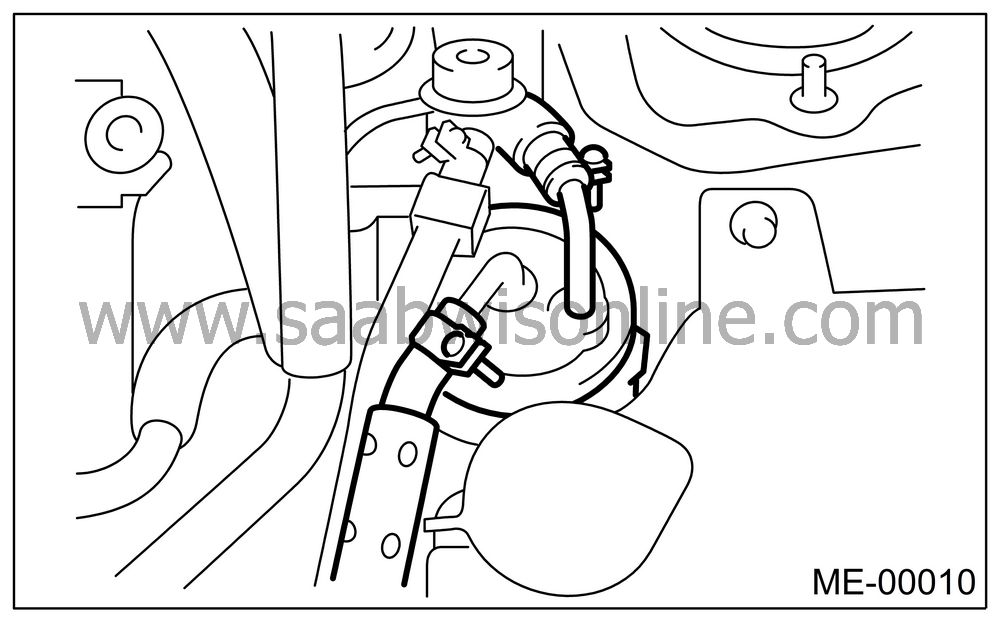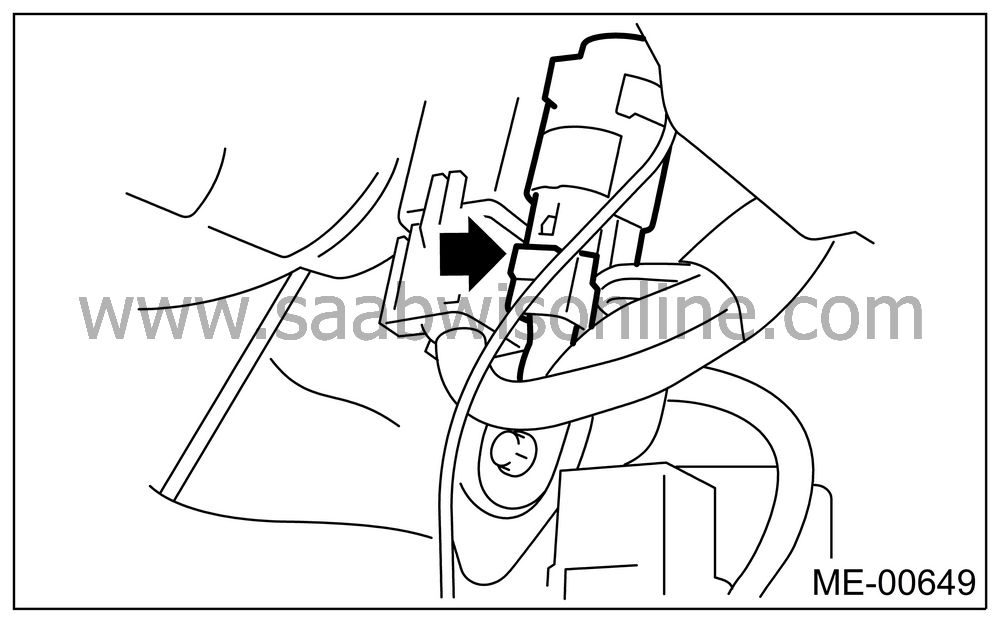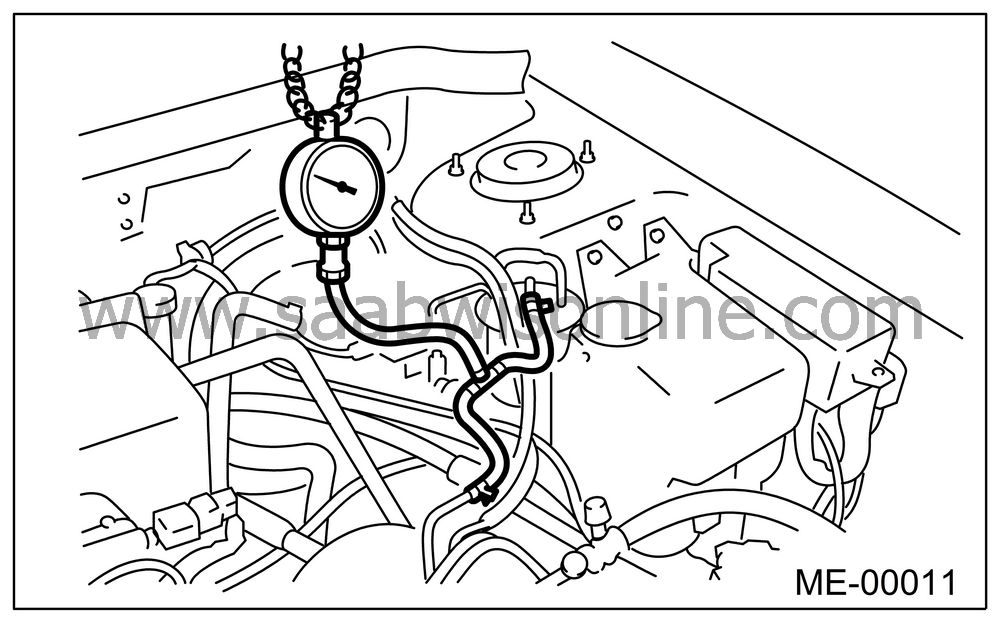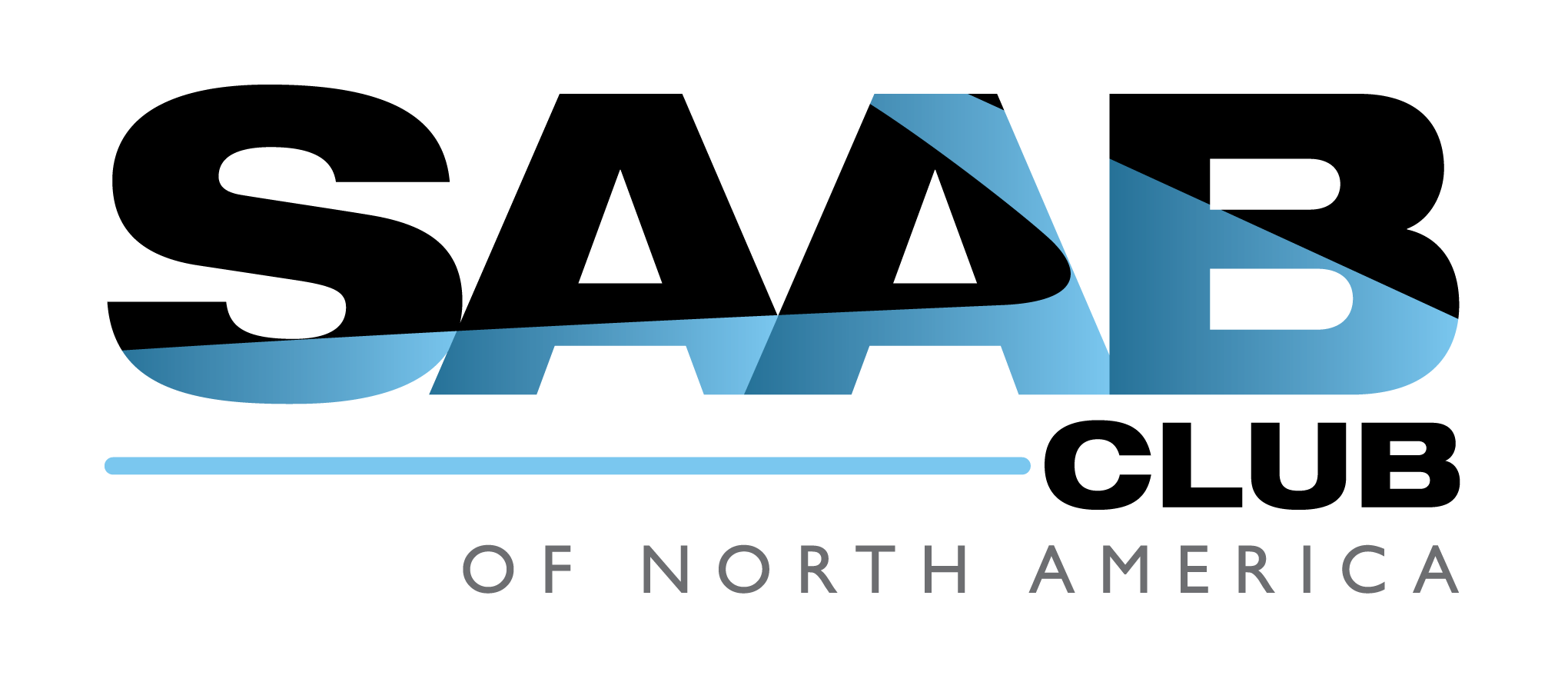INSPECTION
| INSPECTION |
|
|||||||
| Note | ||
|
If out of specification, check or replace the pressure regulator and pressure regulator vacuum hose. |
Release the fuel pressure.

Open the fuel filler flap lid, and then remove the fuel filler cap.
Disconnect the fuel delivery hoses from fuel filter, and then connect the fuel pressure gauge.


Start the engine.
Measure the fuel pressure while disconnecting the pressure regulator vacuum hose from intake manifold.
Fuel pressure:
Standard; 284 — 314 kPa (2.9 — 3.2 kgf/cm 2 , 41 — 46 psi)

After connecting the pressure regulator vacuum hose, measure the fuel pressure.
Fuel pressure:
Standard; 230 — 260 kPa (2.35 — 2.65 kgf/cm 2 , 33 — 38 psi)

| Note | ||
|
The fuel pressure gauge registers 10 to 20 kPa (0.1 to 0.2 kgf/cm 2 , 1 to 3 psi) higher than standard values during high-altitude operations. |

 Warning
Warning

